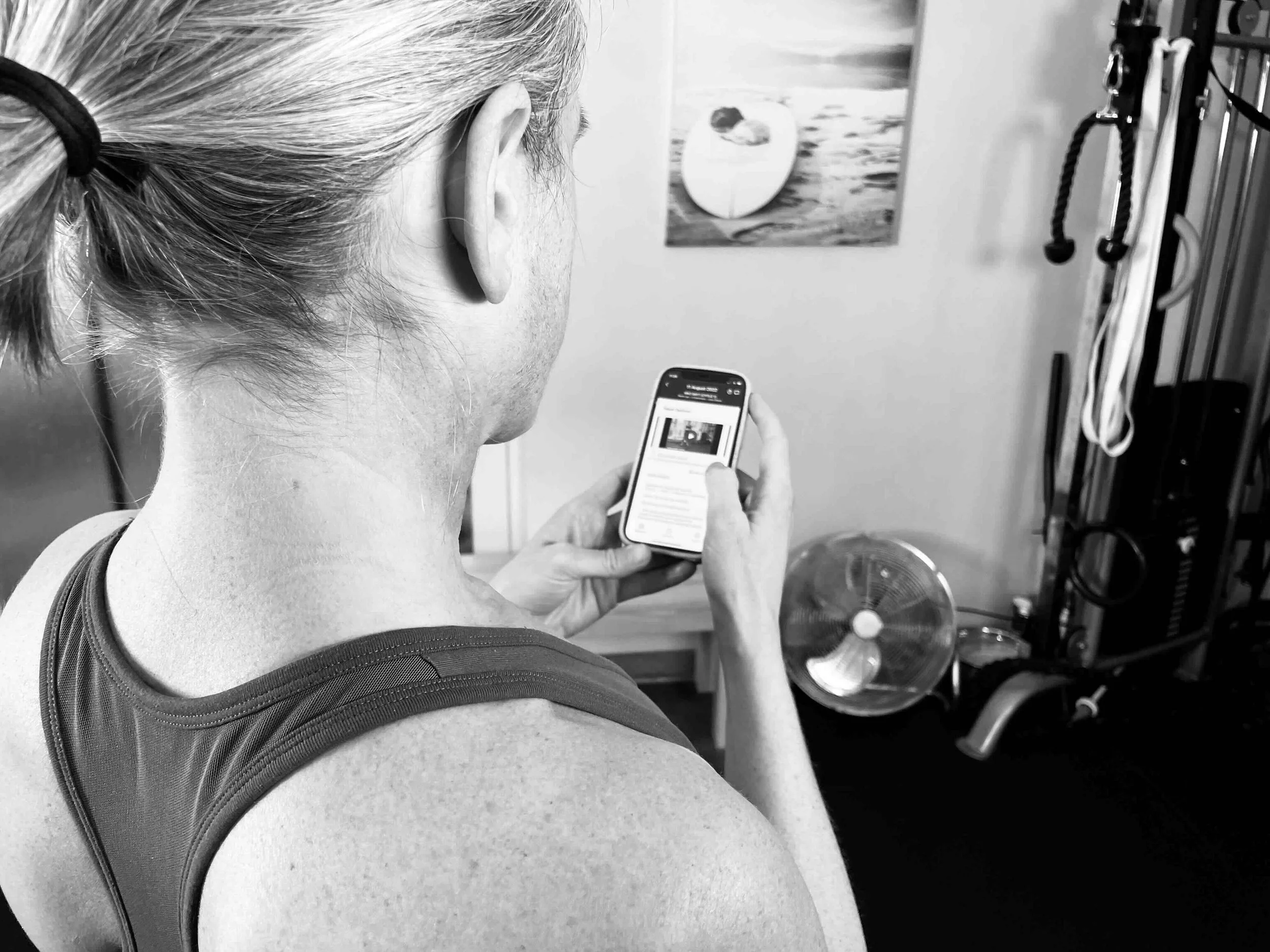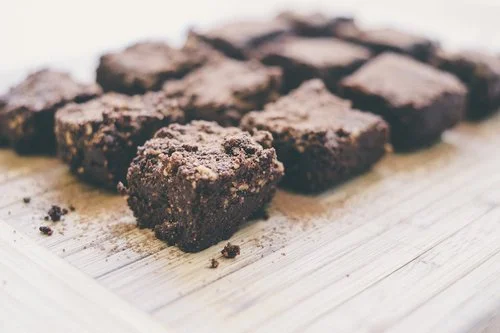More often than not I see loads of guys and girls donning the weight belt during lifting sessions, regardless of whether it is a heavy strength session or a metcon that is being carried out.
When did the weight belt trend begin and what knowledge have we gained since then?
Do you even know WHY you are wearing a belt if you are someone who puts one on habitually before each session?
I have tried to breakdown an article by Paul Chek on the subject to highlight the most important points made. I strongly advise anyone with an interest in prolonging their low back health or anyone currently using weight belts regularly to read the full article here.
Weight belts have been known to be used as far back as the early 1900's, with no clear reasoning behind the reason for their use. It may have been in line with medical trends back then to use corsets as a treatment for scoliosis and back pain?
These days there has been much research into the area of lower back stabilisation and low back pain resulting in a much more in depth understanding of the stabilising system of the spine.
Cue The Inner Unit & The Outer Unit…
The Inner Unit consists of A) Transversus Abdominis (TVA) & posterior fibres of Obliquus Internus, B) Diaphragm, C) Deep Multifidus, D) Pelvic Floor Musculature.
These muscles play a vital role in lower back stabilisation! A study carried out in 1999 concluded that in people without back pain, the TVA fired 30 milliseconds (ms) prior to shoulder movements and 110 ms prior to leg movements. During each variation of movements performed within the study there was still synergistic (muscles working together to perform a movement) recruitment of all inner unit muscles. It was noted that regardless of movement plane or pattern of the subjects, the TVA muscle appeared relatively consistent in its activation pattern. Researchers propose that the nondirectional, specific activation of the TVA relates to the dominant role played in providing spinal stiffness.
"The TVA, in concert with other inner unit muscles (Figure 1), activates to increase stiffness of spinal joints and the sacroiliac joints (6,7,15). Activation of the inner unit provides the necessary stiffness to give the arms and legs a working foundation from which to operate. Failure of the TVA to activate 30-110 ms prior to arm or leg movements respectively has been correlated with back pain and dysfunction (6, 16). The inner unit is part of a system of stabiliser mechanisms, all of which are dependent on the integrated function of all inner unit muscles." - Paul Chek
Couldn't have said it better myself!
The Outer Unit consists of many muscles such as the External Obliques, Internal Obliques, Erector Spinae, Latissimus Dorsi, Gluteus Maximus, Adductors and Hamstrings working together with the inner unit to achieve co-ordinated movement.
Here is a simplified version of the inner/outer unit systems. Using a pirate ship’s mast as a human spinal column. While the inner unit muscles are responsible for developing and maintaining segmental stiffness, the bigger muscles, shown here as guy wires, are responsible for creating movement.
The Inner and Outer Units Simplified
The outer unit muscles of the trunk demonstrated here are (A) rectus abdominis, (B) internal and external oblique, (C) erector spinae; the outer unit actually contains other muscles, which have been excluded for simplification. The inner unit, which contains all the muscles demonstrated in Figure 2. is demonstrated here as (D); the multifidus acting as segmental stabilizers for the purpose of controlling joint stiffness. To tighten the guy wires (A-C), which provide gross stabilization of the ship’s mast without synergistic tightening of the segmental stabilizers (D) would obviously result in increased potential to buckle the mast. The mast represents your spine!
"Recruitment of trunk stabilizers via EMG with and without a weight belt has been studied. These studies concluded there was increased recruitment of the erector spinae and rectus abdominis when wearing a belt. Now that you understand the workings of the inner unit, it should be evident that by recruiting the larger, gross stabilizers without proportionate recruitment of the inner unit musculature responsible for regulating joint stiffness, the result could certainly lead to spinal joint dysfunction or exacerbate an existing condition. It is also likely that prolonged use of weight belts will result in coordination problems within the inner unit muscles and among the inner and outer unit systems." - Paul Chek.
Now, all this said, if you are someone who regularly relies on a weight belt and this article opens up your eyes into entering the world of being Back Strong & Beltless. Please refer to Part 3 of the article where Paul will talk you through the safe and necessary steps to take in order to wean yourself off the belt. Your current movement patterns will be reliant on your weight belt and getting rid of the belt all of a sudden will no doubt result in injury. Wean yourself off slowly and carefully and get your internal weight belt working for you instead! Just as nature intended! :-)
All references can be found on Paul Chek's full article.










A lot of people own foam rollers but don't know how to use them.
There are a lot of ways to release tension using a foam roller & technique will always come into play.
Best to know the HOW (how to do the movement with good technique) and the WHY (what muscles you are targeting) before letting loose on the foam roller.
We will reveal to you the many different uses for the foam roller as well as the HOW's and WHY's.